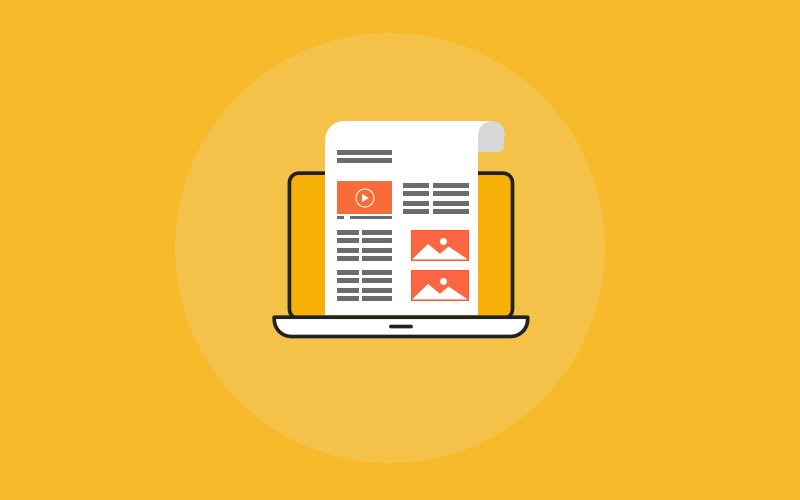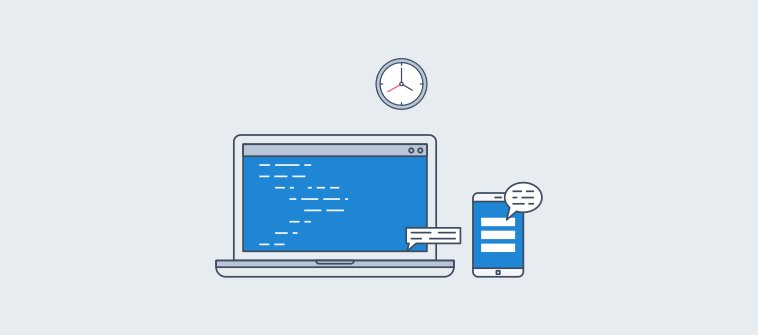An in-house training program can save you time and costs on employee training. It makes the training more specific while keeping the learners focused on real issues. It also offers the convenience of customization and scheduling while fostering team-building exercises.
You must be thinking all this sounds good.
It really does.
But have you ever wondered how to develop an in-house training plan for your employees?
After reading this blog post, you’ll learn how to design, structure, and run a successful in-house training program.
Continue reading to find out.
Watch: What Is Employee Training?
What is In-House Training?
In-house training is training that is carried out internally within an organization and is led by the organization. You don’t outsource it to an external third-party training provider or hire a professional trainer. Everything is handled by existing in-house employees or trainers.
This type of training is suitable for companies having unique training needs that generic employee training programs developed outside can’t fulfill.
You can easily tailor an in-house training program to your company’s specific requirements based on policies and processes.
Build a High-Impact In-House Training Program
Train employees efficiently with ProProfs Training Maker.
Advantages of In-House Training
In-house training brings some real benefits that are valuable, especially for small and medium enterprises. Some of them are:
Saves Costs
When there’s no need to send your employees to public training programs such as seminars and training workshops for employees, you save travel expenses. You can train more employees with the same cost you spend on training a few employees somewhere else.
Saves Time
By arranging training in-house, you save your employees’ time travelling to and from a training venue. They can utilize the saved time in acquiring knowledge and upskilling and reduce the time away from your company.
Customization
In-house training gives you the freedom to tailor your training programs to meet the specific needs of your employees and company. For example, your sales training program will be strictly based on your products and services, your business goals, and the values you bring to customers.
Convenience
Since employees attend training sessions in a place where they come to every day, things become convenient for them. You can work out an agreeable day and time for training based on their daily schedules.
Team-Building
In-house training can give a boost to your organization’s team-building efforts. When you train members from different departments, it creates greater awareness about each other, promotes teamwork, and gets more things done. This, in turn, helps develop better professional relationships.
Designing In-House Training Programs
Design is intelligence made visible The design of your in-house training programs will depend on different factors, including the type of audience, their learning needs, experience level, and the training platforms you use.
Start with a training needs assessment. Identify the current skill levels of your employees and the skills and competency you require at present and in the future. This will reveal the skill gaps, if any, in your employees.
Next, choose the training resources. This will largely depend on what your employees prefer. Generally, companies use a combination of resources, such as documents, presentations, handbooks, PDFs, videos, quizzes, workshops, and so on. This will cater to different learning styles.
You also need to adopt a training solution to administer your in-house training programs. The most commonly used tools are learning management systems. An LMS serves as a one-stop solution to seamlessly create, design, deliver, and track online training courses and tests.
Most of these tools are customizable, scalable, and accessible from anywhere and at any time.
Training program validation is next in line. Take a sample of your employees, either existing or new hires, and let them sit through a short training session. Take feedback from the participants on how they feel about the training.
You can then use the feedback to make improvements in your program for the best results.
Along with these tips, you can utilize these corporate training plan templates to give shape to your in-house training.
How to Structure In-House Training
A structured training program gives a sense of direction to both instructors and learners.
The number of participants and available time, space, and resources will decide the final structure of your in-house training. Once you consider these factors, you can come up with a training plan.
Get ideas from the training administrators who will be delivering and managing the training program. Experienced trainers and instructors know how to set up a program that serves the interests of all people involved.
Ideally, the structure should outline all the activities, the time frame for each, and the objectives. It should be clear enough to ensure consistent learning and the best outcomes.
Get Free Employee Training Software — All Features, Forever.
We've helped 567 companies train 200,000+ employees. Create courses in under a minute with our AI LMS or use 200+ ready-made courses on compliance, harassment, DEI, onboarding, and more!
Running In-House Training Programs
A user-friendly LMS can be the fastest and easiest way to set up and run an in-house training program. Most of them usually come packed with all the necessary tools you’d ever need to conduct employee training successfully.
From a course builder to a course library, quizzes, surveys, collaboration forums, assessment, and LMS Reporting tools, you can enjoy everything in one place.
This is particularly helpful if you’re planning to deploy a fully online or blended learning system.
You can create a course, lesson, or test once and use it for a long time to train different batches of employees. Unlike physical training materials, you can update online content easily as and when required.
Also, since you can use the same materials and learning methods, you can ensure consistency in training.
So whether you’re delivering compliance training, management training, or HR training, an LMS can be the best tool to plan, execute, and evaluate in-house training programs.
Watch: How to Administer Training to Large Groups
Tips for Effective In-House Training
Let’s now quickly go over some of the practical tips to make in-house training effective.
- Communicate the purpose of the training in advance to your employees. Tell them why it is important and how they stand to benefit from attending it.
- Ensure there is management buy-in for your training initiatives. When employees realize that senior management is investing in their learning & development, it motivates them to participate in and complete training programs wholeheartedly.
- Set specific, relevant, measurable, and time-bound training objectives. That’s where SMART Goals come in. When the goals are clear, realistic, and linked to bigger business objectives, you can easily pave the way for success through systematic training.
- Use the best training tool for the purpose. It should be easy to use, comprehensive, and enable you to take charge of the training, from start to finish. Also, the tool should be easily customizable to bend it according to your specific needs.
- Promote a culture of learning. To stay relevant in today’s competitive business environment, your employees should keep learning and gain new knowledge and skills that positively impact the company’s performance.
Costs of In-House Training
According to the 2020 Training Industry Report by Training Magazine, the average company in the U.S. spends $1,111 per employee on training.
The final costs of the training will depend on various factors:
- The number of participants
- The duration of the training
- The online training software you buy
- The resources and support you provide
To get a fair idea of the costs you’ll incur in your in-house training, you may use the formula for calculating the cost per employee. Simply divide your training budget by the number of employees you’re planning to train.
The quality, ease and cost of implementing a training program must be on top of your mind now. Let’s see how you can achieve this and more with ProProfs.
Deliver the Best In-House Training Program
These tips and best practices can help you standardize, simplify, and accelerate your in-house training programs.
The idea is to first identify the learning needs of your employees, choose the training resources wisely, set training goals, formulate a training plan, and assess learning outcomes to continuously improve the training.
Along with this, you need to adopt the right employee training software to centrally manage all activities. ProProfs can help you do exactly that. It is a complete enterprise-grade solution. You can use it to deliver all types of workplace training programs.
 Tips
Tips
We’d love to hear your tips & suggestions on this article!
Get Free Employee Training Software — All Features, Forever.
We've helped 567 companies train 200,000+ employees. Create courses in under a minute with our AI LMS or use 200+ ready-made courses on compliance, harassment, DEI, onboarding, and more!

 We'd love your feedback!
We'd love your feedback! Thanks for your feedback!
Thanks for your feedback!






